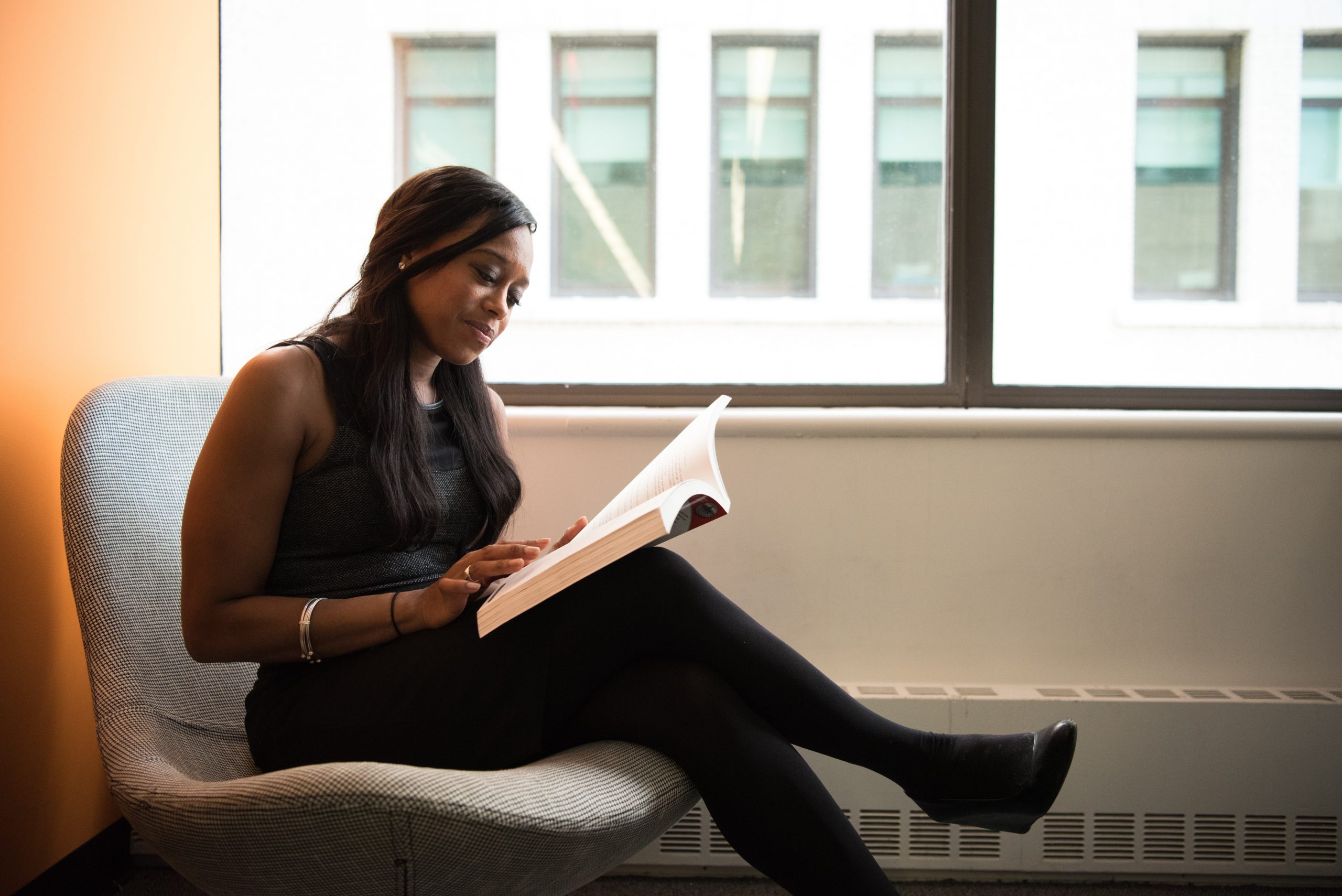
More times than not, people tend to feel powerless. It can be easier to think of the government as something large and beyond us. However, I tend to think differently. While at the end of the day, it is the government who can make legislative decisions, policy changes, and overall impact the way the country functions and prospers, there are individual steps that lie in the hands of constituents, that is the voters who elect the representatives both on a local and national level.
It can be difficult to know where to start. How do you become an active participant in the decisions of the lives around you? How do you find a way to make your small but mighty voice heard amidst the major news outlets and sources? How can you educate yourself on your own community and the immediate issues around you?
These are questions I don’t have all the answers to because I am learning too. Politics were never something on my radar, but during the past year, I have learned just how essential it is to understand what is going on today. Though much of what goes on within the world of politics can be foreign and completely unrelated to me individually, understanding politics and the division that exists in the United States today allows me to shape my belief systems. I have learned how valuable the vote is and that staying silent is never the answer to change.
A great place to start is to ask this question: What are the causes and subjects that matter to me? In high school I knew I was passionate about accessible reproductive healthcare. Since I attended private school, the education I received in the classroom was insufficient in many ways. I became deeply passionate about ways in which healthcare can and ought to be more accessible to everyone. When I read current news, I keep an eye out for articles related to legislation and/or opinion pieces on healthcare, so I can better understand what is happening in different states and better establish my own stance and belief.
There is so much that remains deeply puzzling to me regarding politics. It seems like everytime I scroll through recent articles or turn on a news channel, I hear about an event or a topic that is new to me. It can be easy to get overwhelmed by the volumes of information available by a single click, but I think there is encouragement in that as well. With such a wide variety of concerns pressing our nation, there is bound to be something of interest to you. There is a cause out there with your name on it, and once you find it, you will feel the call to change. The things we care about are the things we fight for.
So, where do you start? My first piece of advice to be an active constituent and voice in your community and/or on a federal level is to educate yourself. It sounds simple, but it can be extremely difficult to navigate the hundreds of news sources just for a little information on current events. When it comes to reading the news, I suggest reading multiple sources. No single source has it all, and there is a bias in most new outlets.
Outside of understanding the day to day pressing concerns, it is equally important to understand current legislation. For the state of Minnesota, you can access this link to view all of the bills moving through both the House of Representatives and the Senate. To see what is happening in Washington D.C, you can view active legislation here. Progress can feel slow, but it is happening. Every day representatives, senators, and passionate individuals are working to make change happen, even if it is behind what seems to be closed doors.
Pay attention to your own representatives. If you are unsure who your local legislators are, you can find out here. It is important to remember that the government is much more than a federal organization. It is a local body at work, influencing your everyday life.
In high school, I cared deeply about making reproductive healthcare both accessible and safe. From that interest, I began to volunteer on the Youth Advisory Board for myHealth. It was an opportunity to stimulate my passions and work alongside similarly minded youth. In college, I am a part of a school organization that works to promote sexual health education on campus.
Once you know what you are passionate about, the next step is to get involved and be outspoken. Knowing what you care about is important, but action is where things will change. Volunteer at organizations with the same passions as you, use your social media platform to raise awareness, and most importantly, take an interest because everyone is affected.
Guest post by Morgan Hausback









